Buy the photo Forming stars: Herbig-Haro 46/47 by NASA and Space on canvas, ArtFrame, poster and wallpaper, printed on demand in high quality.
About "Forming stars: Herbig-Haro 46/47"
by NASA and Space
About the artwork
Herbig-Haro 46/47 (NIRCam Image)
These stars have a lot of energy to let loose!
NASA’s James Webb Space Telescope has captured a tightly bound pair of actively forming stars, known as Herbig-Haro 46/47, in high-resolution near-infrared light. Look for them at the center of the red diffraction spikes. The stars are buried deeply, appearing as an orange-white splotch. They are surrounded by a disk of gas and dust that continues to add to their mass.
Herbig-Haro 46/47 is an important object to study because it is relatively young – only a few thousand years old. Stars take millions of years to fully form. Targets like this also give researchers insight into how stars gather mass over time, potentially allowing them to model how our own Sun, a low-mass star, formed.
The two-sided orange lobes were created by earlier ejections from these stars. The stars’ more recent ejections appear in a thread-like blue, running along the angled diffraction spike that covers the orange lobes.

About NASA and Space
 Netherlands
Netherlands Ordered in July 2025
Ordered in July 2025
 Germany
Germany Ordered in September 2023
Ordered in September 2023
 Netherlands
Netherlands Ordered in July 2017
Ordered in July 2017
 Germany
Germany Ordered in February 2023
Ordered in February 2023
 Netherlands
Netherlands Ordered in December 2019
Ordered in December 2019
 Germany
Germany Ordered in August 2025
Ordered in August 2025
 Germany
Germany Ordered in August 2019
Ordered in August 2019
 Germany
Germany Ordered in July 2019
Ordered in July 2019
 Germany
Germany Ordered in March 2024
Ordered in March 2024
 Germany
Germany Ordered in May 2021
Ordered in May 2021
 Netherlands
Netherlands Ordered in January 2023
Ordered in January 2023
 Netherlands
Netherlands Ordered in January 2022
Ordered in January 2022
About the material
ArtFrame™
Interchangeable Art Prints
- High-quality print
- Easily interchangeable
- Acoustic function
- Large sizes available
Discover the artworks of NASA and Space
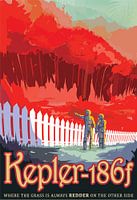 Kepler-186f - Where the grass is always redder on the other sideNASA and Space
Kepler-186f - Where the grass is always redder on the other sideNASA and Space The Grand Tour - A once in a lifetime getawayNASA and Space
The Grand Tour - A once in a lifetime getawayNASA and Space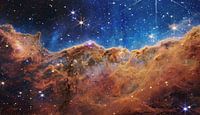 “Cosmic Cliffs” in the Carina NebulaNASA and Space
“Cosmic Cliffs” in the Carina NebulaNASA and Space “Cosmic Cliffs” in the Carina NebulaNASA and Space
“Cosmic Cliffs” in the Carina NebulaNASA and Space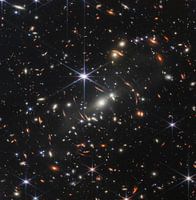 Webb's First Deep FieldNASA and Space
Webb's First Deep FieldNASA and Space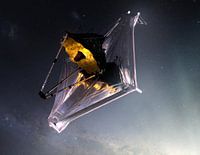 James Webb Space TelescopeNASA and Space
James Webb Space TelescopeNASA and Space Pillars of CreationNASA and Space
Pillars of CreationNASA and Space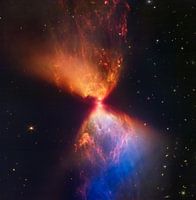 The birth of a starNASA and Space
The birth of a starNASA and Space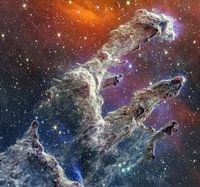 Pillars of Creation (NIRCam and MIRI Composite Image)NASA and Space
Pillars of Creation (NIRCam and MIRI Composite Image)NASA and Space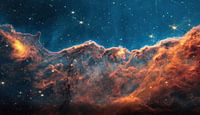 Carina Nebula JetsNASA and Space
Carina Nebula JetsNASA and Space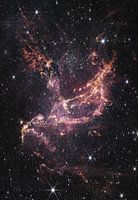 Star forming region NGC 346NASA and Space
Star forming region NGC 346NASA and Space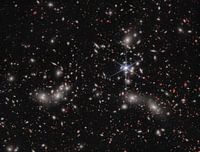 Pandora ClusterNASA and Space
Pandora ClusterNASA and Space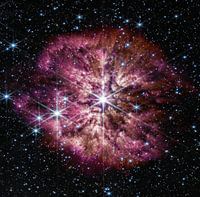 WR 124: Prelude to SupernovaNASA and Space
WR 124: Prelude to SupernovaNASA and Space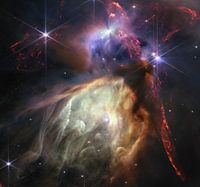 Rho OphiuchiNASA and Space
Rho OphiuchiNASA and Space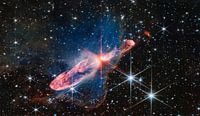 Forming stars: Herbig-Haro 46/47NASA and Space
Forming stars: Herbig-Haro 46/47NASA and Space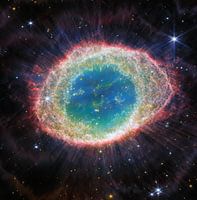 Ring NebulaNASA and Space
Ring NebulaNASA and Space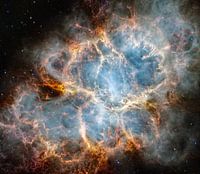 Crab NebulaNASA and Space
Crab NebulaNASA and Space Sagittarius C - 500,000 starsNASA and Space
Sagittarius C - 500,000 starsNASA and Space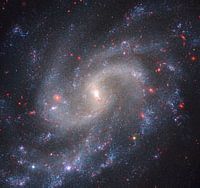 Spiral galaxy NGC 5584NASA and Space
Spiral galaxy NGC 5584NASA and Space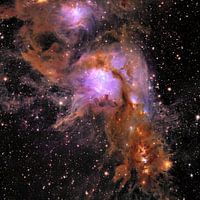 Messier 78, a star formation in a cloud interstellar dustNASA and Space
Messier 78, a star formation in a cloud interstellar dustNASA and Space
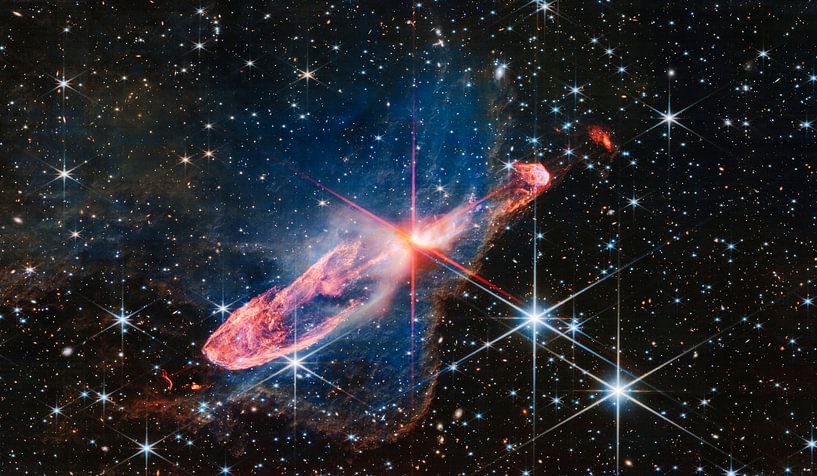
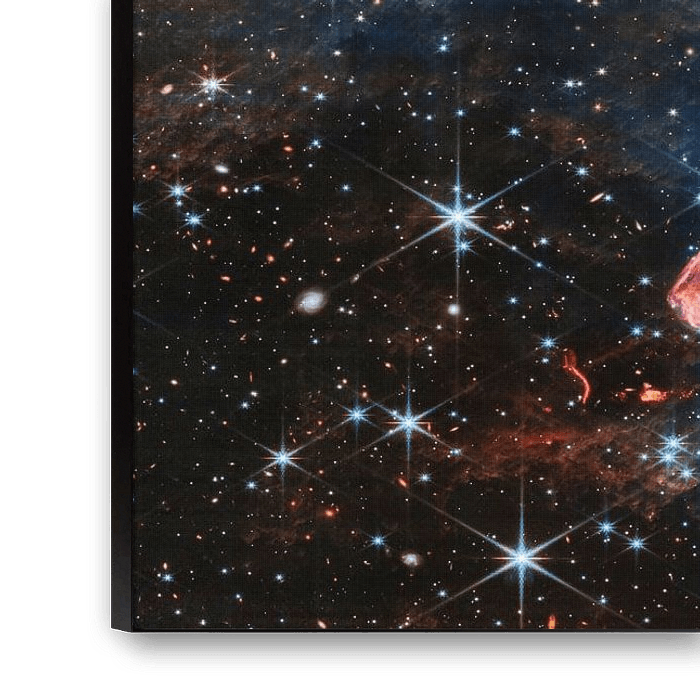

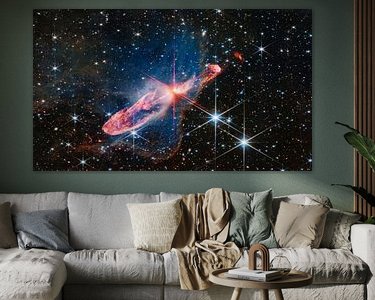

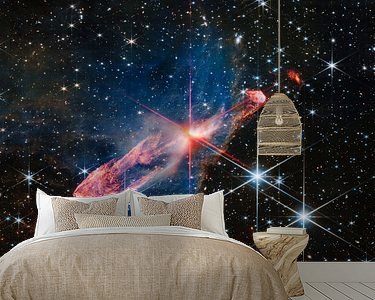



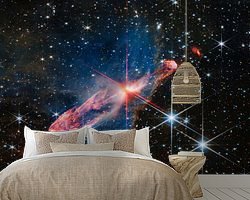
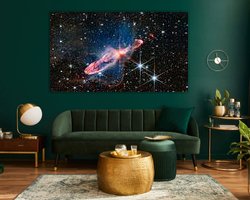


 Astrology and Space
Astrology and Space Dreamy Escapes
Dreamy Escapes Mysterious Spheres
Mysterious Spheres Photo wallpaper
Photo wallpaper Photography
Photography Powerful Expression
Powerful Expression Serene Peace
Serene Peace









